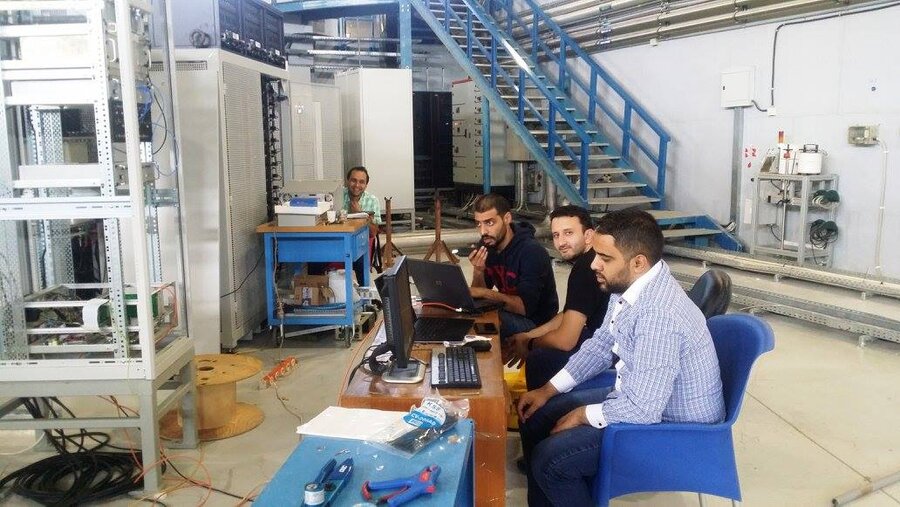A peace accelerator in the Mideast desert
Loading...
When nations are at odds or even at war, sometimes peace can come quietly through a back door. China and the United States reconciled decades ago through a table tennis match. Serbia and Albania have edged closer after putting on a production of “Romeo and Juliet.” India and Pakistan have talked of joint research on Himalayan glaciers. South Korea, host of the next Winter Olympics, hopes to welcome a team from North Korea.
The latest example of indirect peacemaking is the opening of the Middle East’s first scientific research center on May 16. Located in Jordan and nearly a century in the making, it is funded by nine countries in the region, some of which do not officially recognize each other. Yet now scientists from Israel will be working alongside Iranians and Palestinians. And even though Turkey does not recognize the Republic of Cyprus, their researchers will be talking a common language, that of science and math. The other countries are Pakistan, Egypt, Bahrain, and Jordan.
The center’s focus is a particle accelerator, the only one in the region and a useful tool for peering into molecules in fields from biology to archaeology. Its name is SESAME, an acronym for Synchrotron-light for Experimental Science and Applications in the Middle East. But the name is also the magic password to open a cave full of gold in the fable “Ali Baba and the Forty Thieves.”
One model for SESAME is CERN, the large, Swiss-based particle physics laboratory. It was set up after the devastation of World War II to bring together European countries around joint research. This collaboration across boundaries later proved a useful model in other areas of science, such as space exploration.
Science, like the arts and sports, can serve as an ice-breaker and neutral ground for estranged peoples. They require qualities of thought that lift people above national identities or cultural differences. In science, there is an inherent demand for truth, openness, and trust. Researchers often unite in the joy of making discoveries. They later carry back home those moments of unity experienced during mutual learning.
SESAME, while located in the desert and near the war in Syria, is a small bridge between people in the Middle East. Its value goes beyond the science itself, setting yet another example of a cause greater and more lasting than any differences over religion, ideology, or ethnicity. Like the light beams it emits to probe matter, it is a light of hope in a dark corner of the world.





